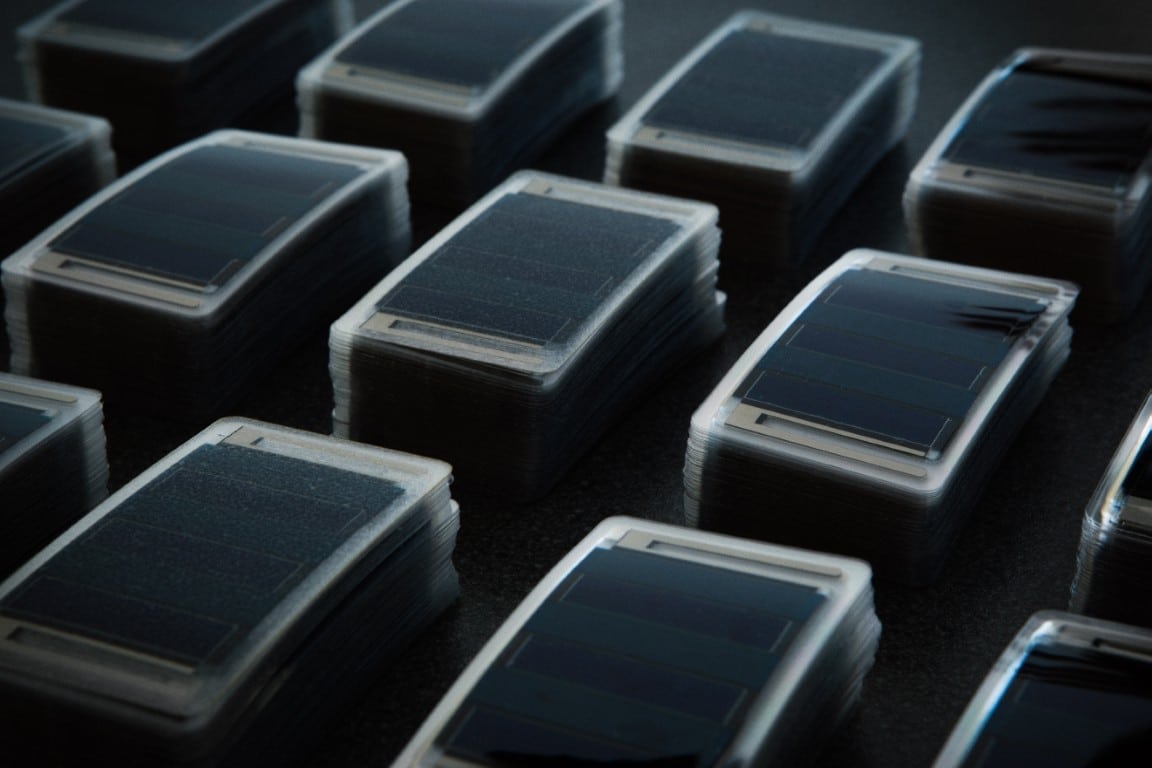Impact
Individuals and businesses need ever-faster internet on more connected devices. In response to this challenge and the resulting strain on energy consumption, a Swedish-Turkish communication systems professor and a team spanning three countries tasked artificial intelligence (AI) with reducing power use whilst still maintaining high performance on 5G networks.
Users and developers of connected devices have welcomed the faster internet offered by the rollout of 5G networks, but these undeniably use a lot of energy at a moment when we need to drastically reduce CO2 emissions.
To cope with high demands from applications on 5G networks, telecommunications operators have deployed numerous small base stations to provide overlapping coverage. Unfortunately, this method wastes energy, explains Cicek Cavdar, a Swedish-Turkish associate professor at the KTH Royal Institute of Technology in Stockholm. “Think of 5G like a bus that can carry a lot of passengers, but most of the time that bus is just 10% full. Unless there are lots of people using their phones in a hot spot, our networks are not being managed in an energy efficient way.”
The technology underpinning 5G, beamforming, can focus transmitted signals at a given point in time, using less energy for transmission but more overall because of the intense processing needed. However, a consortium of companies and researchers across five countries, led by Cavdar, has shown this can be improved; AI now adapts mobile network energy usage to real time capacity needs without diminishing the quality of the services.
French telecommunications giant, Orange, joined the testing and research, along with Sweden’s Tele2, which headed up the CELTIC-NEXT Cluster’s AI4Green project, and Turkcell, Türkiye’s leading mobile operator.
“The challenge lies in determining the optimal timing and depth of base station sleep modes to maximize energy savings.”
Cavdar
Threshold-based algorithms are currently used to activate energy saving features in base stations during periods of low traffic demand. However, determining which feature to activate at what time and load remains a complex task when parameters are set manually. AI can predict mobile traffic demand when fed high volumes of data. The algorithms and sleep techniques developed during the AI4Green project showed energy savings of up to 30% on mobile networks.
The developers fed real mobile traffic data from Tele2 into a digital twin to run offline training in dynamic environments. “That range of countries, data and skills helped us produce solutions to save energy in all types of networks and scenarios.”
“This international collaboration was quite unique because it involved three large telecommunications operators from three different countries.”
Cavdar
One case study looked at how to improve beamforming performance via precise localisation and user tracking thanks to “joint sensing and communications” study in Finland. The consortium also set itself the challenge of minimising energy consumption in large agglomerations of people, like at concerts and festivals. They tested their methods during a football match in Istanbul, using AI to adapt network coverage as fans were approaching the stadium from different locations and then activating base stations during peak moments of the game when more communication took place. “We tracked the crowd and learned how the peak traffic was moving,” says Cavdar.
In addition to mobile traffic, social network data is also used to predict unexpected mobile traffic peaks in certain areas. Cavdar’s researchers explored how to manage this phenomenon on networks in collaboration with Turkish data analysts from Turkgen, who considered anonymised social network data.
As a result of the AI4Green project, a Swedish data analysis company, BI Nordic, has refined its CrowdZine product. This uses AI to examine crowdsourced data, helping operators detect anomalies on their networks and avoid drive testing.
AI4Green project won two awards in 2024, a Eureka Innovation Award and a CELTIC-NEXT Excellence Award.
Some algorithms developed during the AI4Green project are now open source, and the findings are detailed in papers produced by the 22 academics from Sweden, France and Türkiye.
Despite the goals of big tech companies to reduce their climate footprints, Google revealed earlier this year its emissions were up 48% in five years while Microsoft’s were up 30% between 2020 and 2023, largely because of the power required to run new generative AI systems. In contrast, the results of this R&D project demonstrate how AI can also save energy.
Indeed, Cavdar describes her career pathway as an “holistic approach” to telecommunications, where she has worked continuously to ensure networks are greener and more efficient, while guaranteeing reliability. In 2012, Cavdar started with small EU projects from EIT Digital together with Ericsson and Telecom Italia. After 2016, she received funding from Sweden’s innovation agency, Vinnova, to focus on telecommunications sustainability allowing her to lead large Eureka CELTIC-NEXT projects with Orange, Tele2 and Turkcell.
“Vendors were once exclusively focused on high performance in wireless communications, leaving limited resources funding green communications projects,” recalls Cavdar. “But I carried on. My work has never been solely about achieving advanced technical results; I have always aimed to create a meaningful societal impact as well.”
Cavdar highlights, “in our field you don’t see many woman leaders; AI4Green was driven by four women, including the project coordinators from KTH and Tele2.”
Through our funding programmes, national/regional funding bodies support SMEs, large companies, universities and research organisations conducting R&D and innovation projects together beyond borders to achieve great results. Learn more about our programmes and discover whether we have a funding opportunity for your organisation.
Eureka programme and project name: Clusters CELTIC-NEXT AI4Green
Countries involved: Finland, France, Portugal, Sweden, Türkiye
Project duration: 2019-2022
Got an innovative idea? Explore our funding opportunities designed to support groundbreaking projects and help turn your vision into reality.
Secure the resources you need to bring your ideas to life.
See all open calls

